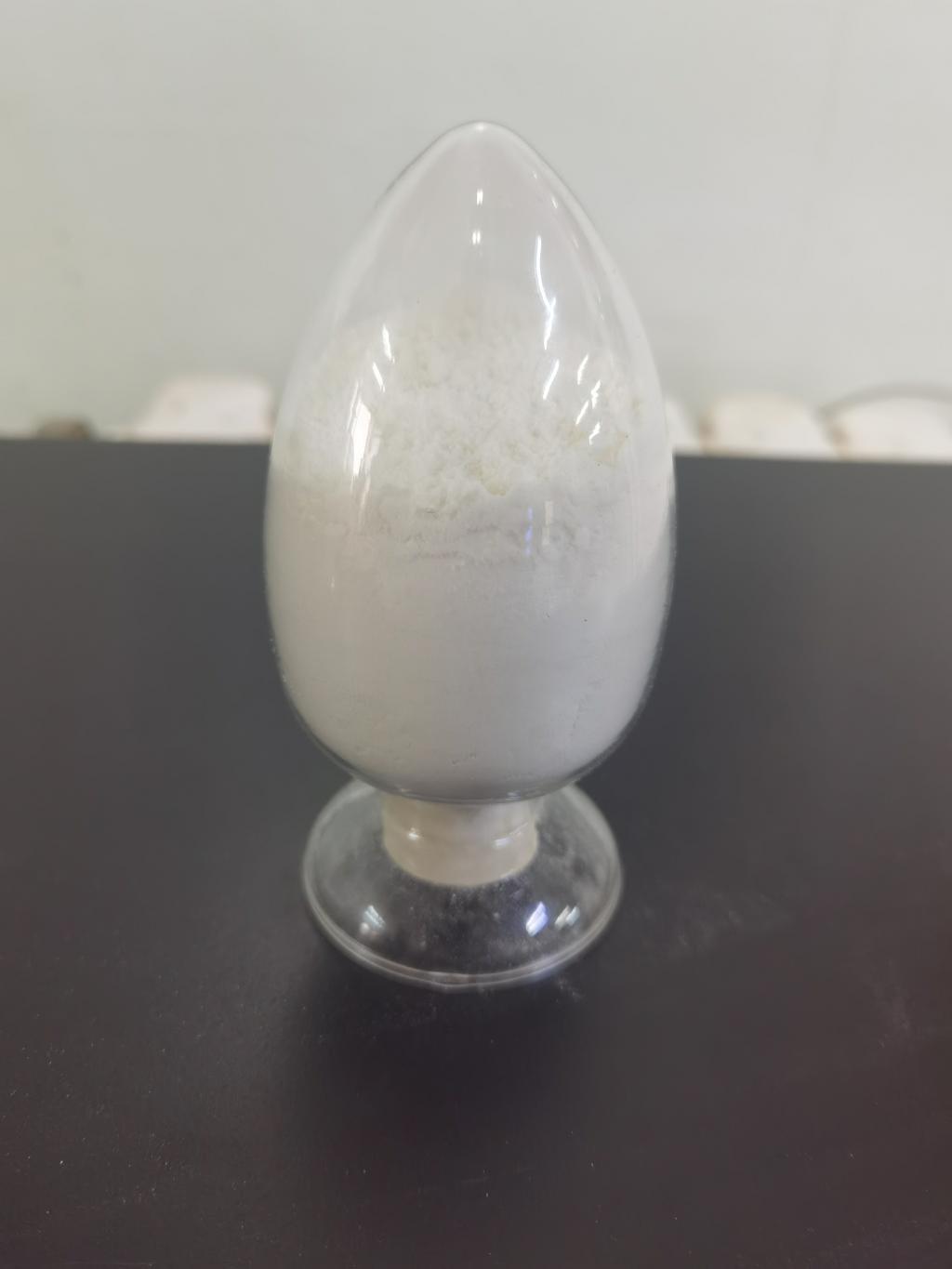Tel:+8618231198596

News
 CONTACT
CONTACT
 CONTACT
CONTACT
- Linkman:Linda Yao
- Tel: +8618231198596
- Email:linda.yao@dcpharma.cn
- Linkman:CHARLES.WANG
- Department:Overseas
- Tel: 0086 0311-85537378 0086 0311-85539701
News
Current Position:
Home >
News
>ε-Polylysine Hydrochloride in Biomedical Coatings: A Shield Against Infections
ε-Polylysine Hydrochloride in Biomedical Coatings: A Shield Against Infections
TIME:2024-01-29
The Challenge of Infections in Biomedical Devices:
Biofilm Formation: Microbial biofilms on medical devices can lead to persistent infections. Biofilms provide a protective environment for bacteria, making them resistant to traditional antibiotics and immune responses.
Foreign Body-Associated Infections: Implants and medical devices, such as catheters and prosthetics, can become sites for bacterial colonization. Infections associated with these devices pose serious risks, including systemic infections and the need for device removal.
Antibiotic Resistance: The increasing prevalence of antibiotic-resistant strains of bacteria complicates the treatment of device-related infections. Finding alternative strategies to prevent infections is crucial in mitigating the impact of antibiotic resistance.
ε-Polylysine Hydrochloride: Mechanisms of Action:
Disruption of Cell Membranes: ε-Polylysine hydrochloride acts by disrupting bacterial cell membranes, leading to leakage of intracellular contents and bacterial cell death. This mechanism is effective against a broad spectrum of bacteria, including both Gram-positive and Gram-negative strains.
Inhibition of Biofilm Formation: ε-Polylysine hydrochloride has been shown to interfere with the initial stages of biofilm formation. By preventing bacterial adhesion to surfaces, it inhibits the formation of the protective matrix that characterizes mature biofilms.
Synergy with Existing Antibiotics: ε-Polylysine hydrochloride exhibits synergy with conventional antibiotics, enhancing their antimicrobial effects. This synergy is particularly advantageous in combating antibiotic-resistant strains, potentially reducing the reliance on high doses of antibiotics.
Applications of ε-Polylysine Hydrochloride in Biomedical Coatings:
Orthopedic Implants: ε-Polylysine hydrochloride can be incorporated into coatings for orthopedic implants, such as joint replacements and bone screws. This application aims to prevent bacterial colonization and reduce the risk of implant-related infections.
Catheters and Intravascular Devices: Catheters and other intravascular devices are susceptible to infections due to their prolonged contact with bodily fluids. Coating these devices with ε-polylysine hydrochloride provides an additional layer of protection against microbial colonization.
Wound Dressings: Wound dressings incorporating ε-polylysine hydrochloride offer a proactive approach to preventing infections in wounds. The antimicrobial properties of the coating help create a microenvironment that inhibits bacterial growth, supporting the healing process.
Dental Implants and Prosthetics: Dental implants and prosthetic devices can benefit from coatings containing ε-polylysine hydrochloride. These coatings aim to minimize the risk of peri-implant infections and improve the overall longevity of dental prosthetics.
Biocompatibility and Safety:
Cell Compatibility: Studies have shown that ε-polylysine hydrochloride exhibits good biocompatibility, allowing it to be incorporated into biomedical coatings without causing cytotoxicity or adverse effects on mammalian cells.
Tissue Integration: Biomedical coatings with ε-polylysine hydrochloride have demonstrated compatibility with tissue integration. This is crucial for ensuring that the coated devices integrate seamlessly with surrounding tissues without causing inflammation or rejection.
Minimal Resistance Development: The unique mode of action of ε-polylysine hydrochloride may contribute to a lower likelihood of bacterial resistance development. This characteristic enhances its long-term effectiveness in preventing infections.
Challenges and Considerations:
Optimal Concentration: Determining the optimal concentration of ε-polylysine hydrochloride in biomedical coatings is a critical consideration. Balancing effective antimicrobial activity with minimal impact on the mechanical and physicochemical properties of the coated devices requires careful optimization.
Long-Term Stability: The stability of ε-polylysine hydrochloride in various coating formulations over time is a crucial factor for its practical application. Research is needed to ensure that the antimicrobial efficacy of the coating is maintained over the device's expected lifespan.
Regulatory Approval: Achieving regulatory approval for biomedical coatings containing ε-polylysine hydrochloride involves rigorous testing and documentation. Collaborative efforts between researchers, manufacturers, and regulatory agencies are essential for navigating this process.
Future Directions and Collaborative Initiatives:
Multifunctional Coatings: Collaborative research initiatives can explore the integration of ε-polylysine hydrochloride with other functional components, such as anti-inflammatory agents or growth factors, to create multifunctional biomedical coatings that not only prevent infections but also enhance tissue regeneration.
In Vivo Studies: Collaborations between research institutions and medical practitioners can facilitate in vivo studies to evaluate the effectiveness of ε-polylysine hydrochloride coatings in real clinical settings. These studies can provide valuable insights into the practical application and performance of the coatings.
Industry-Academia Partnerships: Establishing partnerships between academic institutions and biomedical device manufacturers can accelerate the translation of research findings into commercially viable products. Industry-academia collaborations can bridge the gap between scientific innovation and practical implementation.
Conclusion:
ε-Polylysine hydrochloride's potential in biomedical coatings represents a significant stride in the ongoing efforts to combat infections associated with medical devices. Its natural origin, broad-spectrum antimicrobial activity, and biocompatibility position it as a promising solution to enhance infection control in healthcare settings. As collaborative initiatives between researchers, medical professionals, and regulatory bodies continue to unfold, the integration of ε-polylysine hydrochloride into biomedical coatings holds promise for a future where medical devices are not only effective but also resilient against microbial threats, contributing to improved patient outcomes and overall healthcare safety.
- Tel:+8618231198596
- Whatsapp:18231198596
- Chat With Skype







